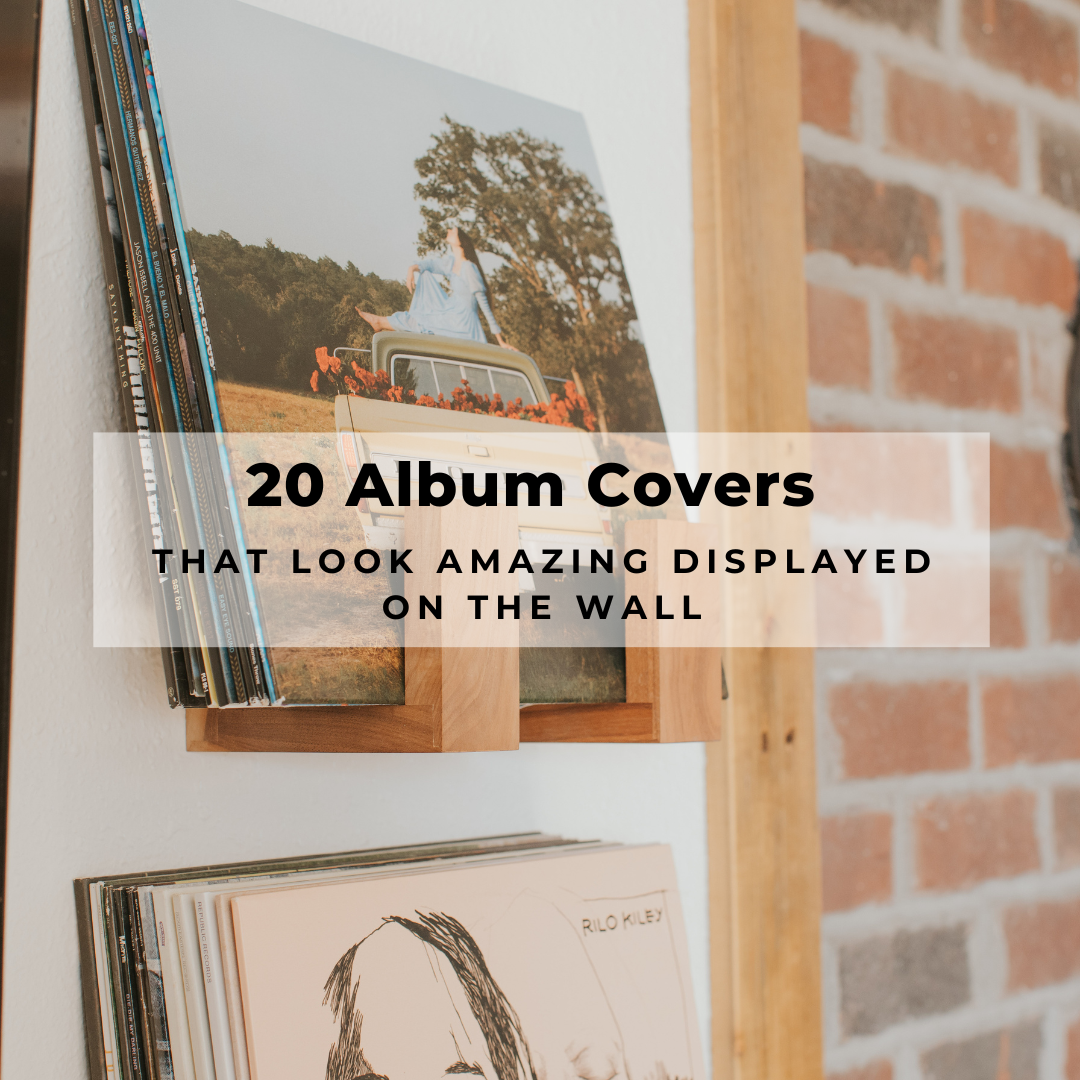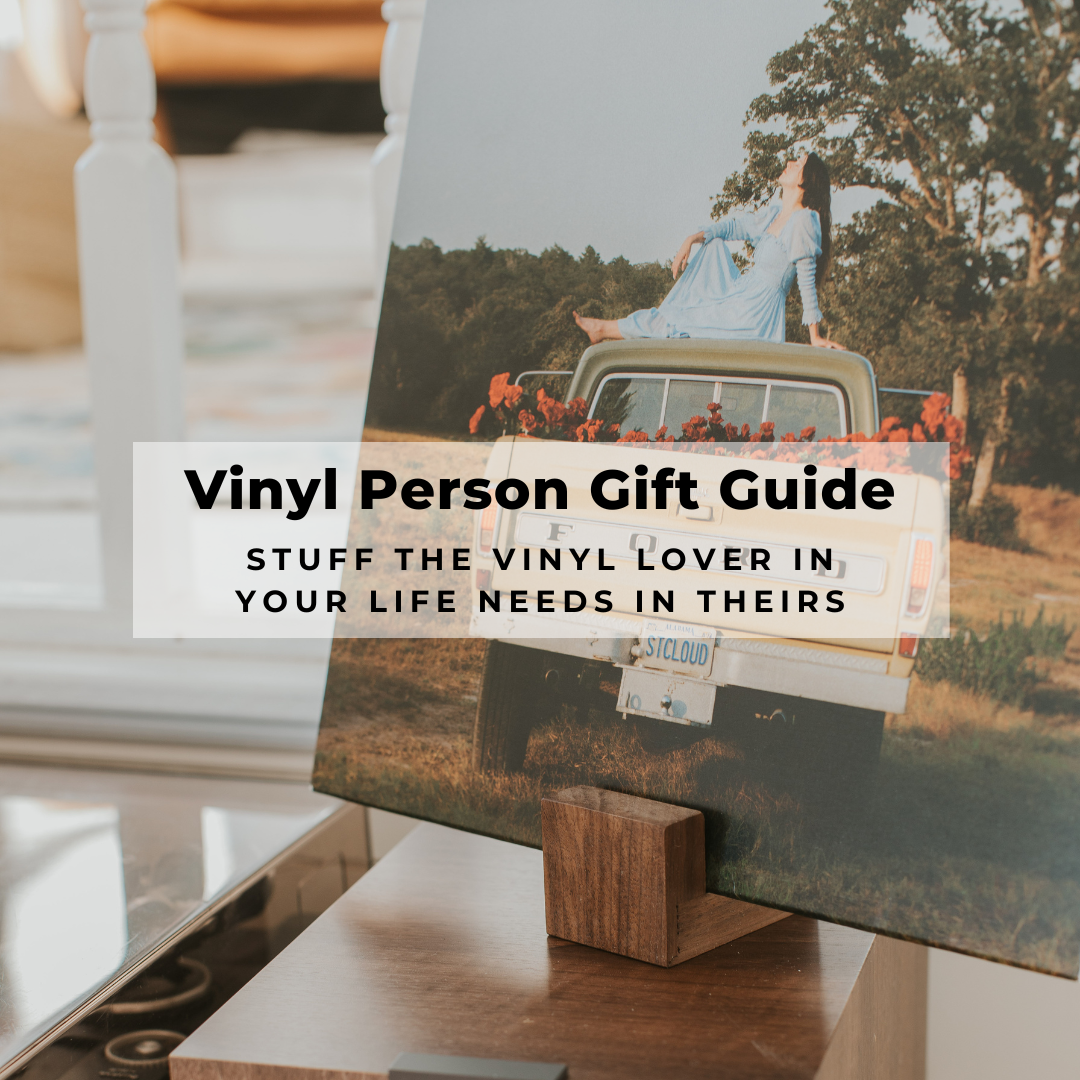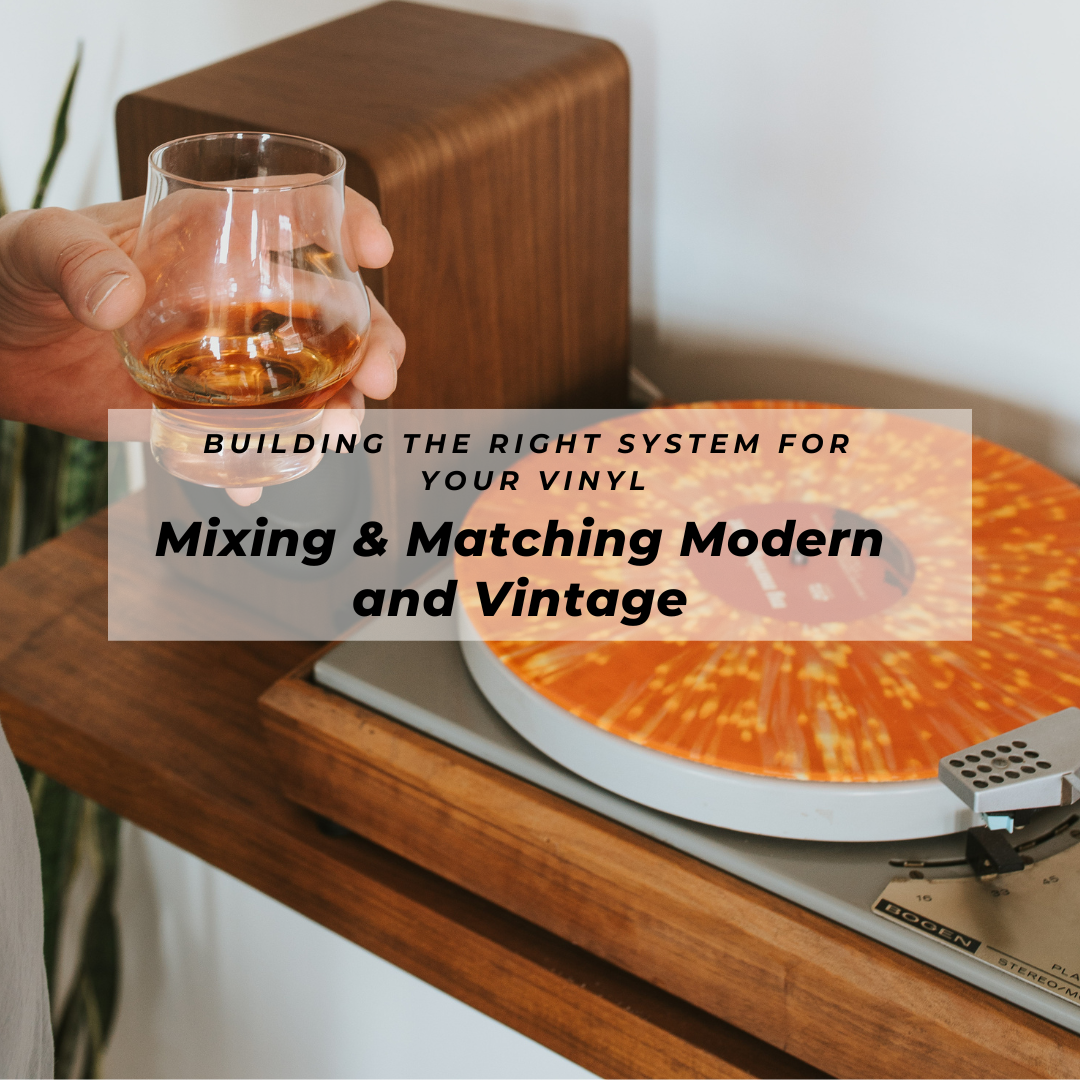Digging the Back Bins: Jazz - You Never Knew You Liked It Until You Did

Discovering Jazz has been one of the real joys we’ve experienced since we started collecting vinyl. Jazz sounds great on wax, and it’s a perfect genre for an aspiring crate digger. Used bins are stuffed with great albums for under $10, new sections boast new reissues of many classics, and there’s a devoted community trading rare first issues (if you’ve got the scratch). There are also many cool new artists pressing vinyl today.
But I don’t like Jazz!
You may think you don’t like jazz. You might be right, but you’re probably wrong about why. Jazz isn’t boring or corny (at least when you get past the elevator music). It doesn’t have to be intellectual or obtuse (though some good stuff is). In reality, it’s more Key & Peele than The Mighty Boosh.
This beginners guide is designed to help you get past the elevator music and navigate to the right jazz for you.
Well, maybe there’s some Jazz for me?
There almost certainly is some, because Jazz is a big genre. It’s uptempo, languid, peppy, mournful, contemplative, and more. “In Jazz, you can hear the complete breadth of human sound,” says Sean Jones, acclaimed trumpeter, Chair of the Jazz Department of the Peabody Institute at Johns Hopkins University, and early Deep Cut customer. “You can hear every culture, every emotion of human experience in Jazz.”
We (Deep Cut) might dial that back a little, lest we oversell Jazz to a newcomer. If you are expressing simple feelings (you’re plain angry, or you’re a day out of a breakup), other genres are more direct. Nobody slam-dances to Jazz.
Jazz shines by adding layers and flavors and speaking to ambivalence and confusion. For instance, Blue Hour by Stanley Turrentine and the Three Sounds is one of our favorite records to pair with a whiskey-soda. It feels like the thoughts that pass through your head while you are staring into the ice cubes, wistful one moment, exultant the next. Even dance party jazz has old Hollywood class.
Ok, where should I start?
We will walk you through some of the major subgenres. People will give different advice on where to start, though. Professor Jones advises sampling all the eras and subgenres. “Start with Kind of Blue by Miles Davis,” he suggests. “Then try Herbie Hancock’s Headhunters. Then try Frank Sinatra. Then Marcus Miller, Oscar Peterson, Duke Ellington, and Mel Lewis.”
We (Deep Cut) would advise starting at the beginning (New Orleans and Big Band) or the end (hip-hop and electronic influenced jazz, and jazz-influenced hip hop), and work your way toward the middle. Or just start with what sounds most appealing.
And if you need more guidance, ask for help at a good local record store. Laura Hoenack at Hymie’s Vintage Records in Minneapolis, for instance, has a host of Dixieland recommendations, from George Lewis, to Sweet Emma Barrett, to Jimmy McPartland.
PEPPY, DANCY, TUNEFUL JAZZ

Louis Armstrong - one of the formative voices in Jazz
New Orleans/Dixieland Jazz – This is the original jazz from the 19-teens and 20s. It was also a back-to-basics revivalist movement as other styles of jazz emerged in later years. It is up-tempo and fun, with a lot banjo rhythm and tuba bass parts. If you have seen or heard a marching brass band from New Orleans, you have a sense of the sound. And, since this is also a revival genre, you will find some really good modern practitioners in addition to the historical greats. Artists to look out for: Louis Armstrong, Sidney Bechet, Kid Ory, King Oliver, and Fats Waller. Specific records we can recommend: Louis Armstrong and the All Stars – Satchmo at Pasadena
Swing/Big Band Jazz – Swing/Big band was an expansion and evolution of New Orleans/Dixieland. Musicians will describe swing as a more adventurous and complex, but the main difference a novice would notice is a bigger sound with more instruments taking lead parts. Swing was the real dance music of the 20s, 30s and 40s. It feels like the soundtrack to a (good) black-and-white movie. Artists to look out for: Duke Ellington, Count Basie, Chick Webb, and Roy Eldridge, and Benny Goodman. Some records we can recommend: Duke Ellington - Kansas City Style, Count Basie – The Atomic Mr. Basie, Benny Goodman – B.G. in Hi-Fi

Swing/Big Band Jazz Vocals – The Swing we’ve talked about so far is predominantly instrumental. Of course, there were also monumental jazz singers. We’ve carved them out separately because, to us, they scratch a different itch. Vocal jazz will feel more like other popular music because the songs are structured around lyrics, have choruses, etc. Also because we think jazz vocals are tricky. (There are a lot of lounge lizards who we’d just as soon break rocks as listen to.) But there is definitely gold to be found in the swing era. The Jazz style, tone, and inflection are different than other popular music. To us, Billie Holiday and Ella Fitzgerald sound like Mona Lisa smiles: complex and ambiguous. Happy lines have a touch of melancholy. Sad ones a touch of hope. There are also some less subtle vocalists, like Cab Calloway, Joe Williams, and Frank Sinatra (maybe you’ve heard of him?) who are worth listening to. Artists to look out for: Billie Holiday, Ella Fitzgerald, Sarah Vaughn, Cab Calloway, Frank Sinatra. Records we can recommend: Ella Fitzgerald – Lullabies of Birdland, Billie Holiday – Lady in Satin, Sarah Vaughn – Sarah Vaughn, Count Basie and Joe Williams – Count Basie Swings, Joe Williams Sings, Cab Calloway Cab Calloway – Mr. Hi De Ho 1930-1931.
THINKING JAZZ
Bebop, Cool Jazz, and Hard Bop – In the late 40s, artists started moving away from big bands, in favor of smaller ensembles with more emphasis on improvisation. Bebop, Cool Jazz, and Hard Bop are different sub-genres that grew out of and reacted to one-another over a decade or two. However, they will feel more similar than distinct to a novice, and there are some musicians (Miles Davis) who operated in more than one. This is thinking music. Bands were smaller than in Swing/Big Band so the sound feels sparer. Tonality and rhythm get more adventurous, so the mood of the music can be more complex and variable. A trumpet can sound somber in one phrase and exultant in the next. It can feel like your mind drifting in thought: finding a happy memory one moment, a regretful one the next. Artists to look out for: Miles Davis, John Coltrane, Dizzy Gillespie, Charlie Parker, Sonny Rollins, Thelonious Monk, Charles Mingus, Cannonball Aderly and Stanley Turrentine. Records we’d recommend: Miles Davis – The Birth of the Cool or Kind of Blue, Sonny Rollins – Saxophone Colossus, Charlie Parker & Dizzy Gillespie – Charlie Parker – Dizzy Gillespie, John Coltrane – Coltrane Plays the Blues, Charles Mingus – Mingus Ah Um
Fusion – In the 1970s, many jazz musicians started borrowing elements from rock music as a way to inject new ideas into the genre and keep it relevant in popular culture. Music is a matter of taste, and we will admit we do not care for fusion (like, at all). The one album here that we will whole heartedly endorse is Herbie Hancock – Head Hunters. Records that people (who are not us) seem to like include: Miles Davis – Bitches Brew and Stanley Clarke – School Days.
Contemporary Jazz – There is still jazz being made, and some of it is very good. There are musicians who are true to classical forms, and others still experimenting. Unfortunately, like smaller releases from other genres, new stuff can be harder to find on vinyl. A couple that we would recommend are Makaya McCraven – Universal Beings, Kamasi Washington – The Epic, and BADBADNOTGOOD – IV. And, of course, check out Sean Jones whose most recent album Live from Jazz at the Bistro is delightful (in the vein of Bebop), but, sadly, not available on vinyl.
Now get out there and try it!
If you get into the jazz aisle at your local record store, you should be able to find albums by most of the artists above without too much looking. So get out there and give it a shot.
Leave a comment
Comments will be approved before showing up.
Also in Blog: Deep Cuts

20 Album Covers Perfect For Displaying On The Wall

Our 2023 Vinyl Lovers Gift Guide



